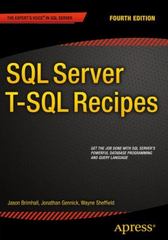Answered step by step
Verified Expert Solution
Question
1 Approved Answer
Exercise 1 5 . 6 . 2 Consider a closed multiclass central server queueing model with two classes of customer as shown in Figure 1
Exercise Consider a closed multiclass central server queueing model with two classes of customer as shown in Figure The central server consists of a single exponential server that operates in LCFSPR mode. The mean service time for class i customers is On exiting the central server, class customers go to the first of the two auxiliary nodes while class customers go to the second. On leaving the auxiliary nodes, customers return to the central server. Both auxiliary nodes contain a single exponential server operating in FCFS order with rates as indicated on the figure. To keep the model simple, assume that only one customer of each class circulates in the model.
a Write down the global balance equations for this network.
b Separate the global balance equations into local balance equations and explain the rationale for each local balance equation.
c Now assume that the scheduling policy at the central server is changed to FCFS while still maintaining different service rates for each class of customer. What are the global balance equations in this case?
d Which of the local balance equations obtained in part b are modified by the FCFS policy and are the new versions local balance equations? Explain why.
Higure A central server multiclass queueing model.

Step by Step Solution
There are 3 Steps involved in it
Step: 1

Get Instant Access to Expert-Tailored Solutions
See step-by-step solutions with expert insights and AI powered tools for academic success
Step: 2

Step: 3

Ace Your Homework with AI
Get the answers you need in no time with our AI-driven, step-by-step assistance
Get Started


